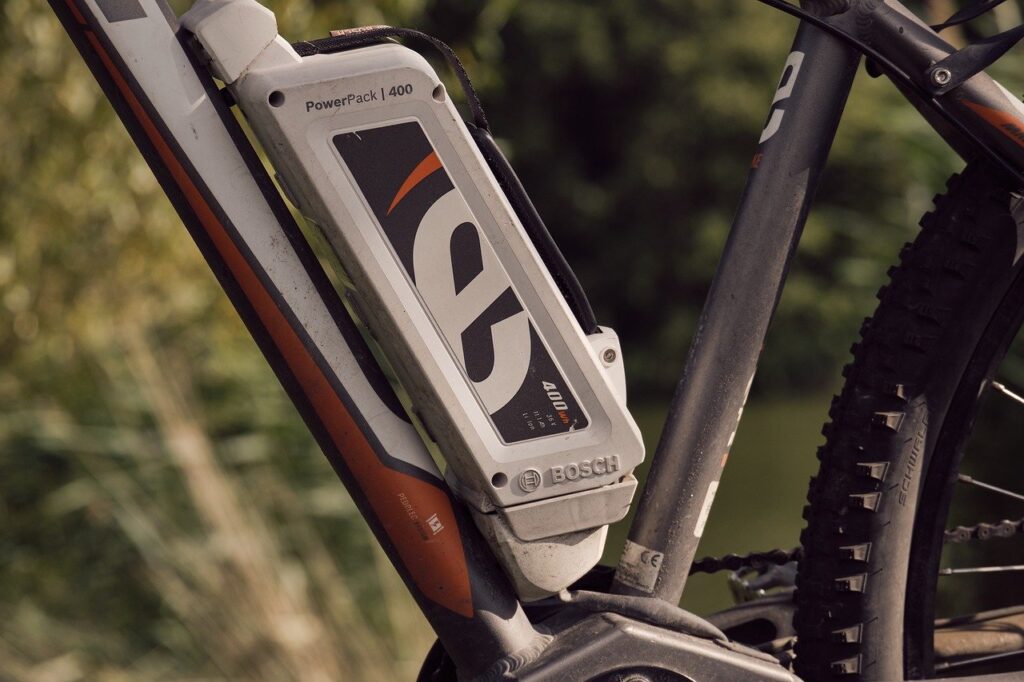Best Way to Replace Your Dirt Bike Battery?

Since dirt bikes now require a battery to start, charging its battery is vital. Some of these dirt bikes aren’t even equipped with a kick start; you only have to automatically start the bike. This makes it essential for you to take care of your battery.
If you take care of your batteries, you can use it for up to three years before it starts declining. There are several ways to maintain your battery in good shape. But after it has reduced in its efficiency, you’ll need to remove and replace your battery. Fortunately, the procedures involved are straightforward. You only need to bear some things in mind.
Below, we have compiled some tips that will help you keep your battery in good condition.
Replacing Your Dirt Bike Battery
- Consult your manual
You should always go through the handbook that comes with your dirt bike before you operate. This guide provides you with some pieces of information that you need to know. It doesn’t matter if you’re a pro at riding dirt bikes or not, it’s always good to continually consult your manual.
- Check your battery
Before you access your battery, ensure that there are no inflammable fluids around you to avoid any form of accident in the process. Put the dirt bike on its full stand, remove the seat or the side cover (whatever the case may be with your bike). You can then check for any problem that might come from the battery.
Poor cable connections from the battery may cause malfunction with your dirt bike. In case your battery is the gel type or the sealed AGM type, there may not be any spillage issues. Nevertheless, don’t forget to always put on protective wears when you deal with battery acid.
- Remove the battery cables
You must be cautious when disconnecting battery cables from the battery. The most important thing to note is that you must disconnect the wires in the right order.
Firstly, disconnect the negative cable, which is always black. Place it far aside from the battery to avoid spark when disconnecting the positive cable. Then take off the battery terminal’s positive cable and insert the screws back into their positions to avoid missing the screws.
As a precautionary measure, you can also place a rag at any area that screws may likely drop on during removal. You wouldn’t want a situation whereby you’ll have to be searching for a missing screw in the bike’s airbox, more especially when you’re in a hurry.
4. Remove the battery from the bike
You can then remove the battery from the bike. If there are any straps or bolts that hold the battery in place, you’ll have to loosen it first before removing the battery. You also have to be careful so that you don’t remove the lead terminals of the battery.
- Examine the battery
Check the battery for any possible damage. Check thoroughly to know if it needs a replacement. Things to check are if the battery terminals are damaged, battery acid leakage, cracks, and ruptures.
A bike’s battery will last for three years if properly cared for. Therefore, if your battery has lasted for three years thereabout and poses some problems, you should get a new one.
- Replace the battery
Before buying a new battery for your bike, be familiar with the battery specs compatible with your bike. The battery type (AGM, lithium, gel, or conventional batteries), the power rating, among others – is what you should watch out for. Make sure to fill in with the correct acid if the new one isn’t filled with acid.
- Connect the Battery Cables
Just as you have disconnected the cables in a particular order, you must also reconnect the wires in a specific order. You must connect the positive cable, red in color, to the battery terminal, then connect the negative cable, generally black. Connecting the cables in the wrong order may cause sparks when the wires touch the battery terminals. This may damage some electrical components on your bike.
- Test-run it
You can then quickly run a test to check if the battery is fitted correctly before putting the seat or the side cover. Switch on the ignition to check if it’s powered on. After replacing the seat and side cover, you can start the ignition to ensure the battery has been charged, and you’re good to go!
